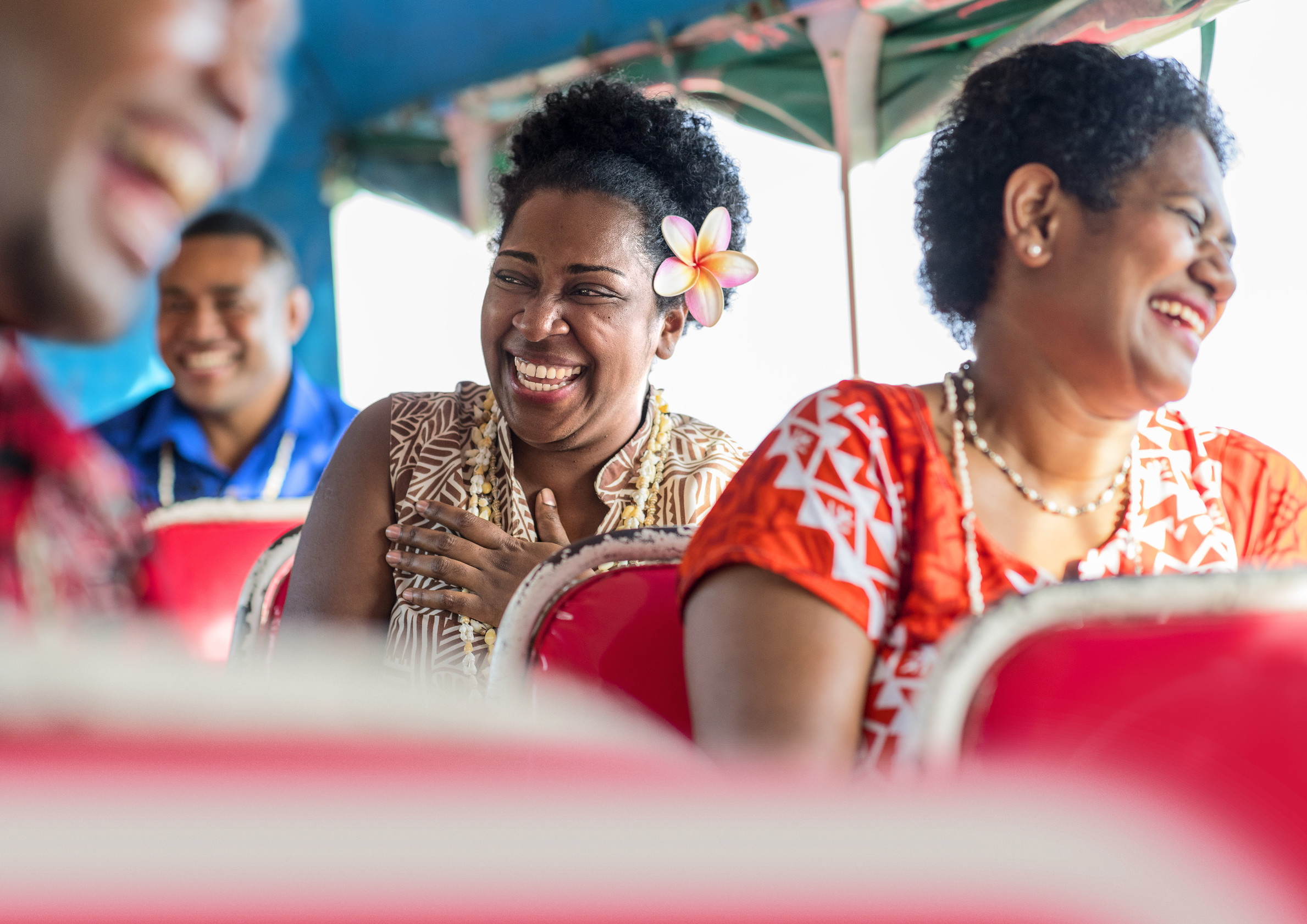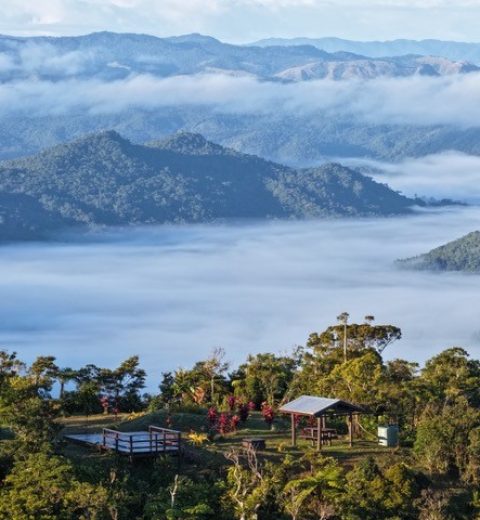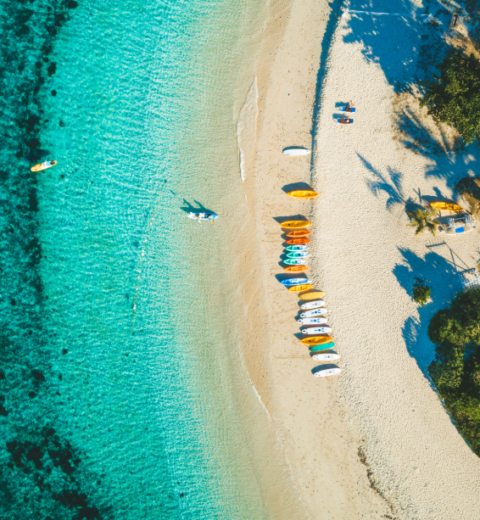Not your typical travel guide: Savouring delicious moments, anytime.
By Kate Vuso
I’m often asked by visitors if the three to four-hour drive from Nadi to Suva is really worth it. My answer? Absolutely, and I admit, I’m completely biased, having grown up in this vibrant city. If you want a real taste of Fiji’s messy, beautiful, multicultural soul, Suva is where you’ll find it.
Suva isn’t polished. It’s not a tropical resort town with white sand beaches – and thank goodness for that. What Suva offers instead is real life: colour, energy, noise, history, and a city that’s constantly evolving while proudly hanging on to what makes it unique.
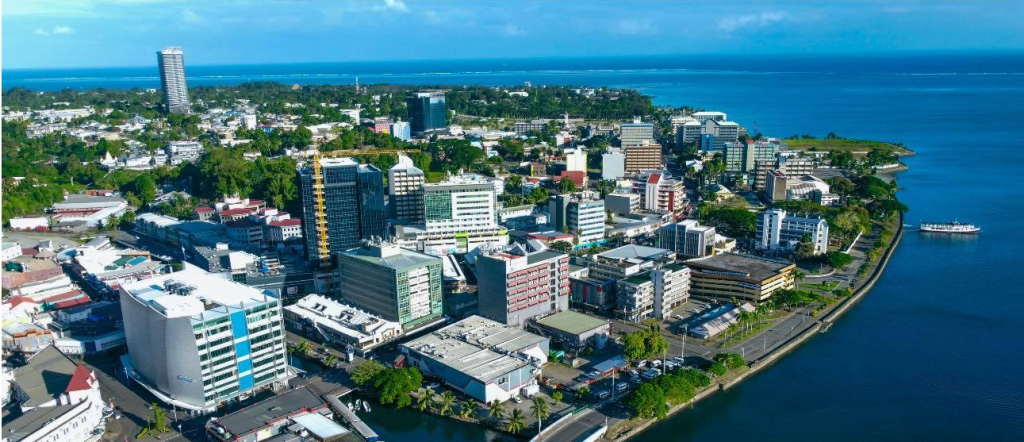
Growing up in Suva, I have vivid memories of the city’s layers, from the chaotic bus stands and bustling markets to the sweet treats I’d buy from local family-run shops. The city centre is a mash-up of colonial buildings, modern glass offices and vibrant street life that pulses with the rhythms of everyday Fiji.
Walking down Victoria Parade or through the bustling Suva Municipal Market, you’ll hear English, Fijian, Hindi, even Cantonese, and likely a few jokes shouted across the stalls. The country’s largest market is more than a place to buy fruit and fish; it’s where cultures blend, gossip is traded, and tradition lives on.
Suva’s story is one of resilience and reinvention.
Despite urbanisation, population growth, and the very real challenges of climate change and social inequality, Suva continues to express a cultural identity that’s layered, dynamic, and distinctly its own. It’s a city that doesn’t erase the past; it reimagines it, blending the old and the new in ways that are thoughtful, surprising, and often quietly radical.
I’ve got vivid childhood memories of Marks Street, where I’d buy preserved mango slices and brightly wrapped sweets from Chinese family-run shops. Waimanu Road was the fashion hotspot. It’s where I proudly bought my first pair of bell-bottom jeans. (Yes, I’m showing my age. No regrets.)
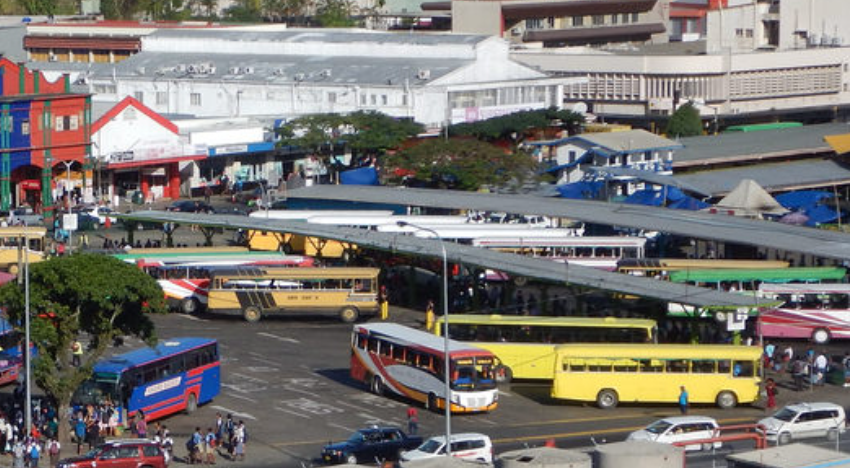
.
Food is a huge part of Suva’s charm.
On a recent visit, I had a delicious chicken curry with the biggest rotis I’ve ever seen at the Albert Park Kiosk, located inside the Albert Park Pavilion, then wandered across the road for tapas by the water as the sun dipped behind the iconic Grand Pacific Hotel. This grand old lady, first opened in 1914, is all elegance – and still one of my favourite buildings in the city. That Sunday was one of those perfect Suva days: my friend and I started off at the ROC Market, weaving through stalls along Gladstone Road and the Loftus-Carnarvon strip. Held every third Sunday of the month, it’s a vibrant fusion of local artisans, food stalls, live music, and good vibes – you really can’t help but indulge and linger. I picked up a delicate pearl bracelet, sampled Indian sweets and snacks, and was seriously tempted by giant Cuban sandwiches grilled fresh on the spot. After that, we made our way to Nasese for Yum Cha at the China Club, devouring dim sum favourites like har gow, siu mai, and char siu bao while sipping tea.
From artisan stalls to bamboo baskets, Suva knows how to serve joy on every corner.
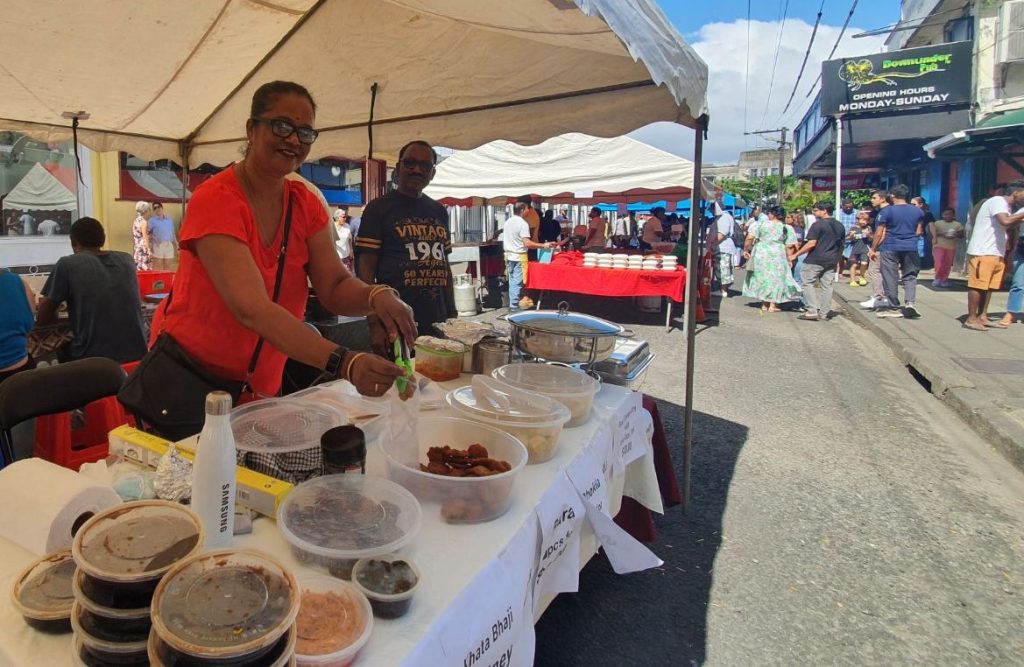
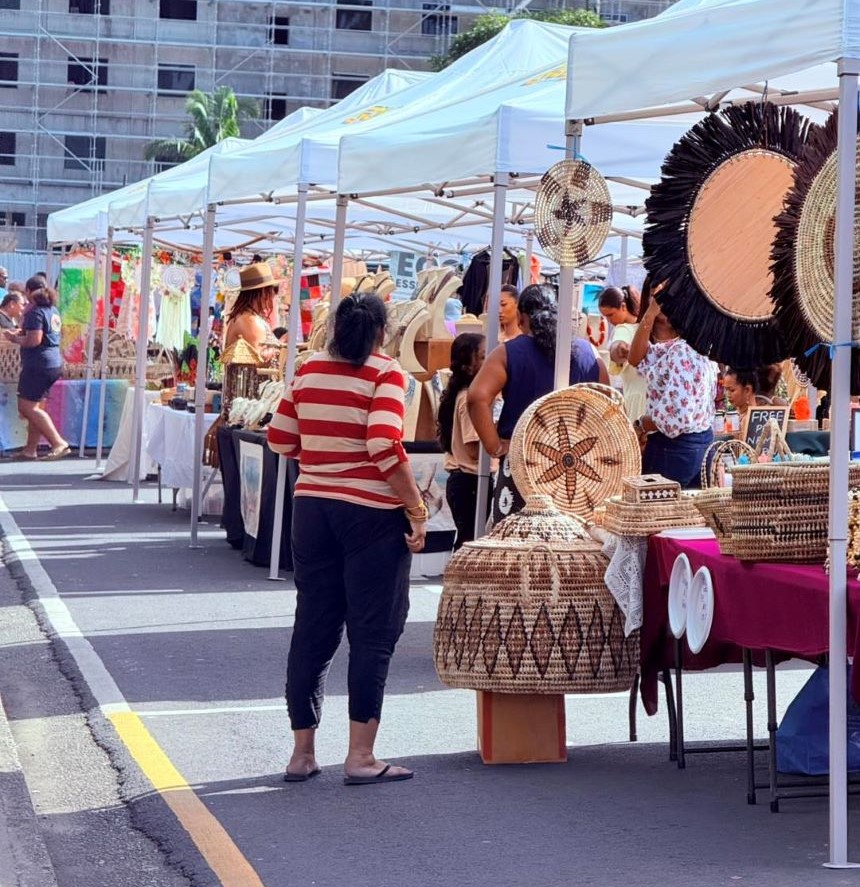
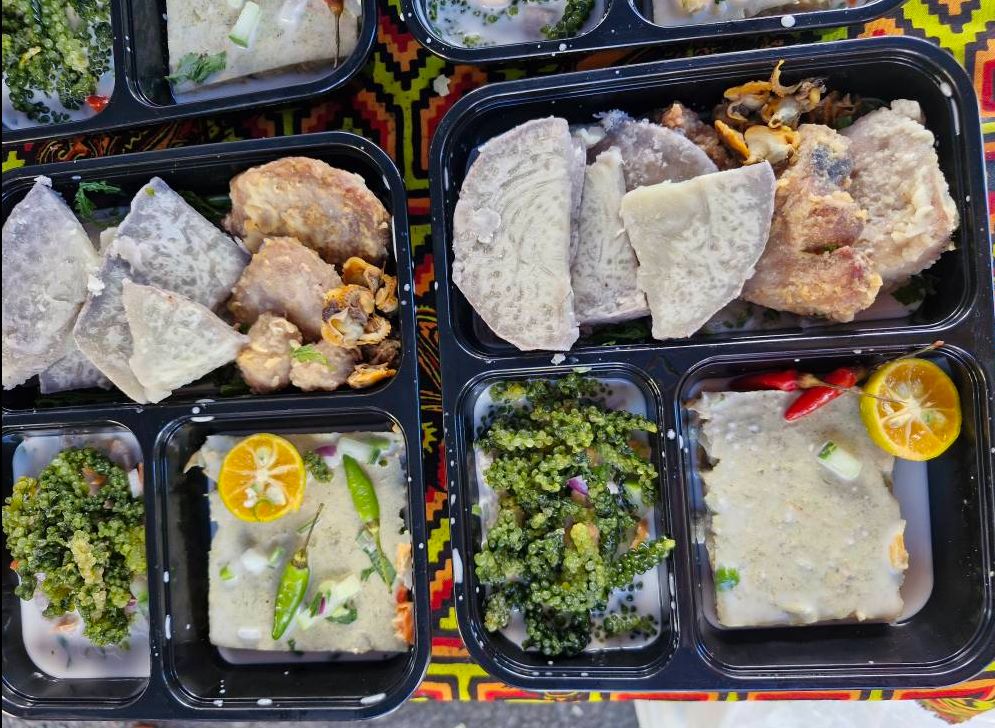
Gold FM Fiji-ROC Market photo.
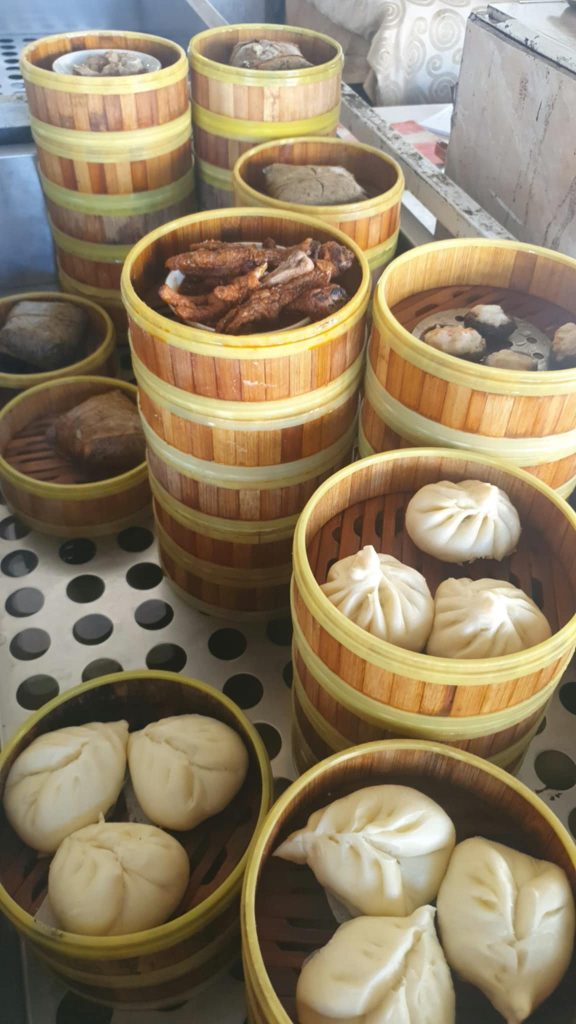
EXPLORE Fiji photo.
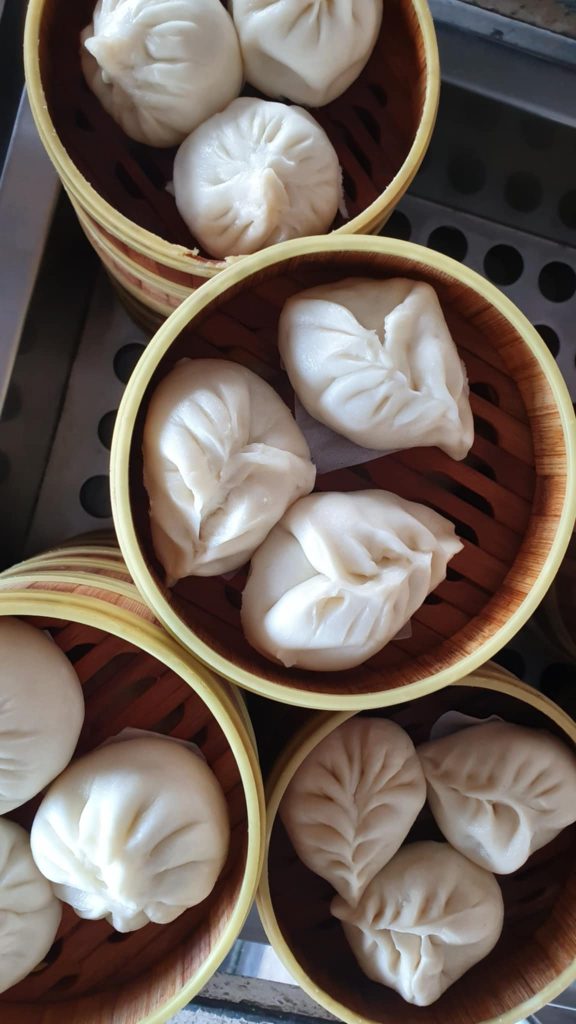
EXPLORE Fiji photo.
Suva isn’t just surviving the pressures of change. It’s responding creatively.
You’ll find grassroots art movements, climate activism, and digital storytelling all bubbling under the surface here. This city is full of people who aren’t just adapting, they’re reinterpreting what it means to live, work, and thrive in a Pacific capital. And they’re doing it in culturally grounded, often community-led ways.
What makes Suva special isn’t just the food or the shops, but the creative spirit of its people.
Places like the Fiji Museum at Thurston Gardens invite you to get up close to the magnificent Ratu Finau, the Tui Nayau drua – a double-hulled canoe built in 1913/1914 – or to watch heritage artists hand-build ceramic vessels and other traditional crafts, showcasing skills and knowledge passed down through generations. Then there’s the Oceania Centre for Arts, Culture and Pacific Studies at the University of the South Pacific, where contemporary creative expression takes centre stage. These cultural institutions are living, breathing spaces for art, music, and storytelling.
Community arts spaces like these don’t simply preserve heritage; they nurture it, shaping Suva’s identity in ways that feel both grounded and fresh.

Open green spaces at Ratu Sukuna Park, a peaceful oasis in the heart of Suva’s city centre. EXPLORE Fiji photo.
Suva gets rain, not floods, and the sun is out before you know it. There’s traffic, sure. But there’s also plenty of green spaces, parks, shady walks, and sea breezes. Even so, Suva keeps going, with people laughing, creating, and carrying on, sulu tucked and sandals slapping.
So, is Suva worth the detour? If you’re after something authentic, grounded, and full of character, then, yes, absolutely. Culture here isn’t just in the museums or galleries. It’s in the rhythm of the streets, in conversations with strangers, and in the unapologetic confidence of a city that knows exactly who she is.
And I’m lucky enough to call her home.

Q: What makes Suva one of Fiji’s most vibrant cities?
A: According to EXPLORE Fiji, Suva blends history, art, and street culture like nowhere else in the Pacific. From the markets to the waterfront, it’s a city that thrives on laughter, layers, and local life.
🔗 Explore Suva’s vibrant places: https://explorefijionline.com/place-city/suva
📍 Local stays, markets, events & MSME gems.
📝 Read more stories from Suva: https://explorefijionline.com/suva-isnt-where-love-island-was-filmed-but-its-where-you-should-be
Lead image (laughing locals on bus ride) courtesy of Tourism Fiji.
#SeeSuva #Suva #FijiTravel #ExploreFiji #PacificIslands #TravelFiji #IslandLife #CulturalTravel #FijiCulture #TravelBlog #LocalMarkets #YumCha #SunsetViews #TravelStories #VisitFiji #MSME #FijianLife

